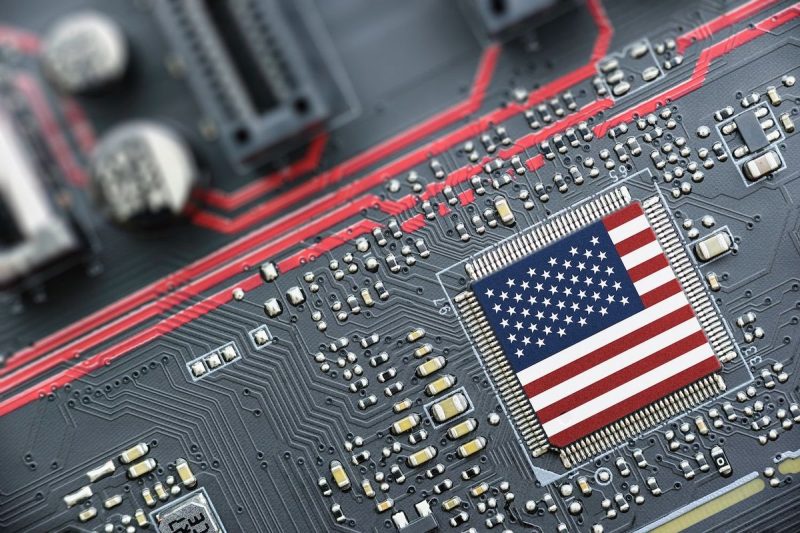The recent decision by the Biden administration to allocate $7.9 billion to support the growth of the semiconductor sector in the United States signals a crucial step towards securing the nation’s technological competitiveness on a global scale. With technological advancements driving innovation across various industries, the semiconductor sector plays a vital role in providing the backbone for the development of cutting-edge technologies. This significant investment is aimed at fostering domestic semiconductor production, reducing dependencies on foreign suppliers, and bolstering national security interests.
The semiconductor industry is a cornerstone of modern technology, with semiconductors serving as the building blocks for electronic devices such as smartphones, computers, and critical infrastructure systems. The strategic importance of semiconductors has become increasingly apparent as supply chain disruptions and geopolitical tensions have highlighted vulnerabilities in the global semiconductor supply chain. By investing in domestic semiconductor manufacturing, the Biden administration aims to enhance the resilience of the nation’s supply chain and reduce reliance on foreign producers.
The $7.9 billion allocation for the semiconductor sector comes at a time when the United States is facing intense competition from countries such as China and South Korea, which have been aggressively investing in semiconductor technology. These strategic investments by competing nations have raised concerns about the United States falling behind in cutting-edge technologies critical for national security and economic competitiveness. The Biden administration’s decision to bolster the semiconductor sector reflects a recognition of the imperative to strengthen the nation’s technological capabilities and preserve its leadership in innovation.
Moreover, the investment in the semiconductor sector is expected to generate significant economic benefits by creating jobs, stimulating innovation, and fostering collaboration between industry and academia. By supporting research and development initiatives in semiconductor technology, the United States can position itself at the forefront of semiconductor innovation and drive advancements in artificial intelligence, 5G technology, and other critical fields. This injection of funding will not only catalyze growth within the semiconductor industry but also have ripple effects across the broader economy.
In conclusion, the Biden administration’s allocation of $7.9 billion to enhance the domestic semiconductor sector is a strategic move that aligns with the nation’s economic and national security interests. By investing in semiconductor manufacturing and research, the United States can strengthen its technological capabilities, reduce supply chain vulnerabilities, and retain its competitive edge in the global semiconductor market. This investment underscores the importance of supporting key industries that underpin innovation and economic growth, positioning the United States for sustained technological leadership in the years to come.



























